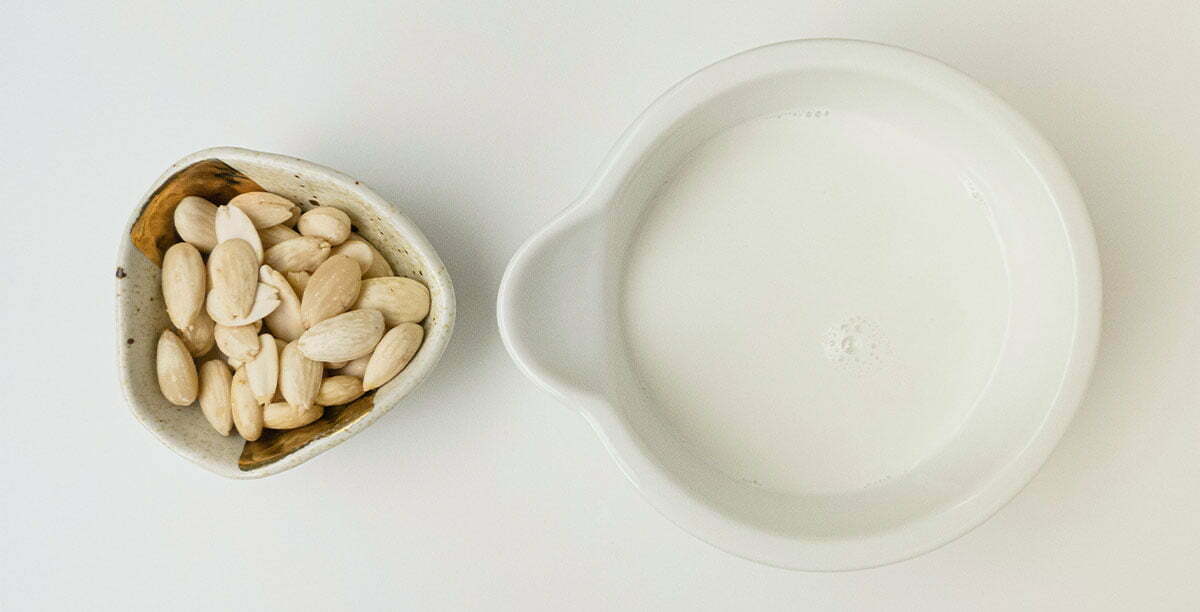The Sustainability of Milks on the Market | Luxiders
ALMOND
Flavor:
Almond milk’s name is true to its flavor. A deeply nutty almond is prevalent throughout the taste as well as a sweet and warm after taste.
Facts:
Almond milk has the lowest amount of greenhouse gas emission for the milks, and requires less land to grow compared to soy and oat milk. However, almond milk requires much water for production. A single glass of almond milk requires 74 liters of water for example.
Final Assessment:
It is important to note the environment that the majority of almonds are produced in. The almond board of California states that it produces 80% of the world’s almonds, and 100% for the US. California is a place that is heavily affected by drought. Since almonds require so much water to be grown, it is important to note the detrimental effects of almond production on the environment of California.
COCONUT
Flavor:
Like almond milk, coconut milk has a strong and obvious tie to the name of its flavor. It has fluidity of the coconut water, but is made smooth and creamy.
Facts:
Discarded shells of coconuts are usually burned after the meat and juice have been used for the milk. This burning creates excessive CO2 emissions that are unhealthy for the atmosphere.
Final Assessment:
Approximately 80% of coconuts come from countries such as Indonesia, Thailand, Philippines, India, Sri Lanka, Vietnam and Brazil. Those who live in the West and consume coconut milk are usually drinking coconut milk that has been transported across long distances that create excessive amounts of greenhouse gas emissions due to lengthy transportation. Coconuts that come from Brazil have been harvested with a detrimental impact on the Amazon Rainforest; much amazon rainforest land is cleared to grow coconut trees and harms the biosphere. It is important to keep in mind the production location when buying coconut milk.
COWS
Flavor:
Cow’s milk holds a traditional dairy flavor. It has one of the smoothest and most creamy textures of the milks. There are no residual bits of its commodity in this milk.
Facts:
Cow’s milk is the least sustainable of all milk types. An 8-ounce glass of cow’s milk puts out .63 kg of greenhouse gases emissions and uses 1.79 square meters of land. Not to mention, 125.6 liters (33 gallons) of water are used to make one glass of cow’s milk. It is obviously the least sustainable option.
Final Assessment:
This milk is going to be a less sustainable option than any of the plant-based milk. However, it is important to remember that plant based milks are not fully sustainable themselves.




